AWS, Oracle, Microsoft, Google, IBM Lead Cloud DBMS Market
Here’s the new Gartner Magic Quadrant for Cloud Database Management Systems, which ranks the top 20 global leaders in the market—from AWS, Microsoft and Oracle to Snowflake, SAP and Databricks.

The 20 Leading Cloud Database Management Market Leaders
Companies of all shapes and sizes are investing heavily in their cloud database management systems with 20 vendors standing above the rest, according to Gartner’s new Cloud Database Management Systems Magic Quadrant.
From cloud giants like Amazon Web Services, Google, Microsoft and Oracle, to innovators like Teradata, Snowflake and Databricks—cloud database management is top of mind for many businesses.
By 2025, 90 percent of new data and analytics deployments will be through an established data ecosystem, causing consolidation across the data and analytics market, according to IT market research firm Gartner.
[Related: Top 10 Biggest Google Cloud News Stories Of 2022]
“The pace of change continues,” Gartner said in its Magic Quadrant. “There is constant improvement in each of the [vendors’] products as each seeks to fill in the gaps versus its competitors.”
Key trends in the cloud database management systems (DBMS) market include enabling multicloud operations, open-source interface adoption, and the consolidation of advanced analytical and transactional functions. DBMS price performance in the cloud remains the top priority for customers.
Gartner’s Magic Quadrant For Cloud DBMS
To make Gartner’s 2022 Cloud Database Management Systems Magic Quadrant, vendors need to fully supply provider-managed public or private cloud software systems that manage data on cloud storage.
Companies must help customers optimization strategies designed to support transactions and analytical processing for use cases such as data lake, data warehouse, streaming analytics, lightweight transactions and stream event processing,
Gartner’s Magic Quadrant ranks vendors on their ability to execute and completeness of vision and places them in four categories: Niche Players (low on vision and execution), Visionaries (good vision but low execution), Challengers (good execution but low vision) and Leaders (excelling in both vision and execution).
Here are the 20 world leading cloud database management system companies that made Gartner’s Magic Quadrant, along with their strengths and weaknesses.
Alibaba Cloud
Amazon Web Services
Cloudera
Couchbase
Cockroach Labs
Databricks
IBM
InterSystems
MarkLogic
Microsoft
MongoDB
Oracle
Neo4j
Redis
SAP
Snowflake
Tencent Cloud
Teradata
TigerGraph
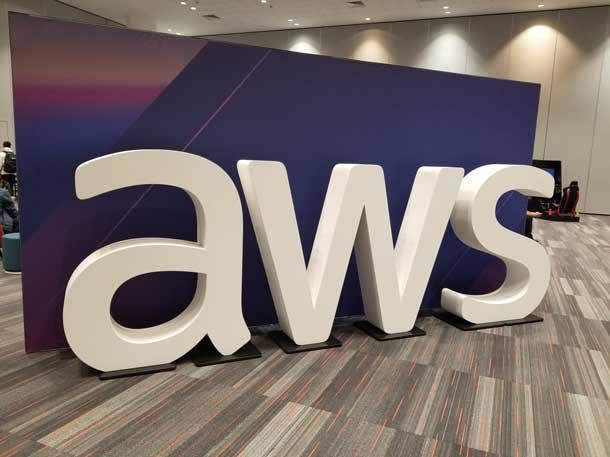
Leader: Amazon Web Services
The worldwide cloud market share leader won the gold medal for both execution and vision on Gartner’s Cloud Database Management Systems Magic Quadrant.
AWS offers database management services around operational use cases, including Amazon Relational Database Service (RDS), Amazon Aurora, Amazon DynamoDB, and Amazon MemoryDB; for analytics with Amazon Redshift, Amazon Athena and Amazon EMR; specialized offerings like Amazon Timestream and Amazon Quantum Ledger Database; as well as database caching services such as Amazon ElastiCache for Redis and Amazon ElastiCache for Memcached.
Weakness: AWS’ traditional lack of focus on non-AWS systems in the data ecosystem can be a concern for customers looking at the current product stack, Gartner said.
Strength: AWS is the world’s largest cloud database service provider by revenue. The Seattle-based company has the infrastructure to support its leading position, and includes the largest base of production users in the industry.

Leader: Microsoft
The world’s largest software company won the silver medal for both vision and execution on Gartner’s Magic Quadrant for Cloud Database Management Systems.
Redmond, Wash.-based Microsoft DBMS offerings include Azure SQL, Azure Database for PostgreSQL, Azure Database for MySQL, Azure Database for MariaDB and Azure Cache for Redis, as well as deployment alternatives include Azure SQL Edge, on-premises SQL Server, containerized SQL for Linux and Kubernetes, SQL Server on Alibaba Cloud, AWS, Google Cloud Platform and Oracle Cloud Infrastructure.
Weakness: Pricing is an extremely frequent complaint, Gartner said. Complex pricing models spanning different service offerings remain an area to be streamlined and optimized.
Strength: Microsoft Visual Studio provides support for its broad portfolio of DBMS engines, while Power Apps provides a low-code platform for working with data in both Azure SQL and Microsoft’s nonrelational flagship DBMS CosmosDB.
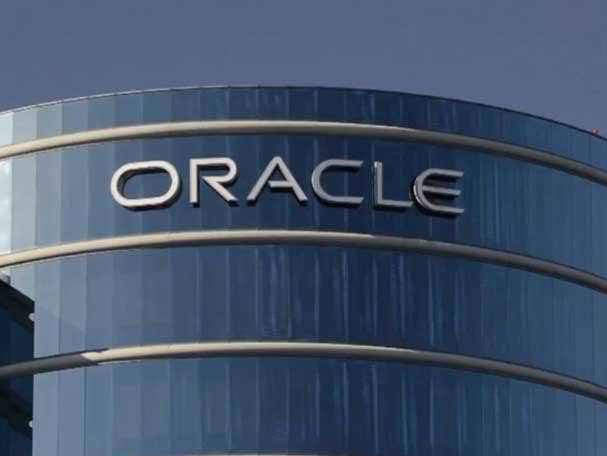
Leader: Oracle
Software giant Oracle placed in third for both vision and execution on Gartner’s Magic Quadrant for Cloud Database Management Systems.
Oracle Autonomous Database is available in Oracle Cloud Infrastructure and on the Oracle Exadata Cloud@Customer private cloud. The Austin, Texas-based company also offers Autonomous JSON Database, Oracle Graph with Autonomous Database, Oracle MySQL Database Service, Oracle NoSQL Database Cloud Service and a service designed to support its rapid development tool APEX.
Weakness: Oracle has a reputation for tough licensing terms and negotiation techniques, Gartner said, which has lost it some customers over the years.
Strength: The Oracle Autonomous Database allows customers to get the price and predictability of a resource-based model with the automatic scalability of a consumption-based model. Oracle DBMS has one of the richest sets of technologies in the market.
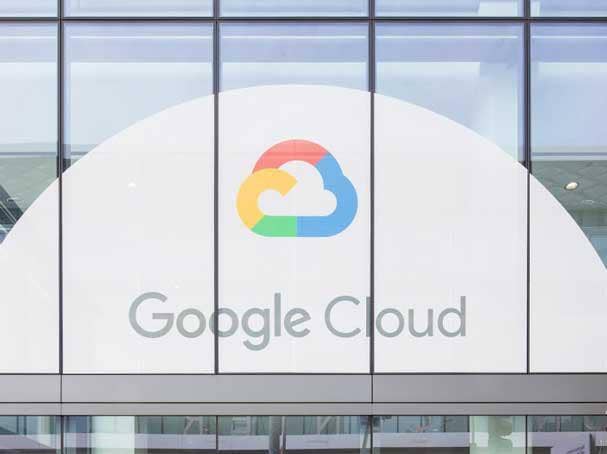
Leader: Google
The search and cloud giant ranks No. 4 for both vision and execution on Gartner’s cloud DBMS Magic Quadrant.
Google Cloud Platform supports many database platform as-a-service (dbPaaS) products including Google Cloud SQL, Cloud Spanner, Cloud Bigtable, BigQuery, Dataproc, Cloud Firestore, Firebase Realtime Database and BigLake, with Dataplex as the data fabric. Mountain View, Calif.-based Google also recently added AlloyDB to provide a PostgreSQL front-ended hyperscale cloud-native database.
Weakness: Some services such as time-series and graph databases are provided through integration with partners rather than being provided by Google, Gartner said.
Strength: Google uses a serverless approach, which enables pricing and resource fluidity such as with BigQuery. Additionally, Google is implementing a common PostgreSQL-compatible semantic access layer across engines and use cases.
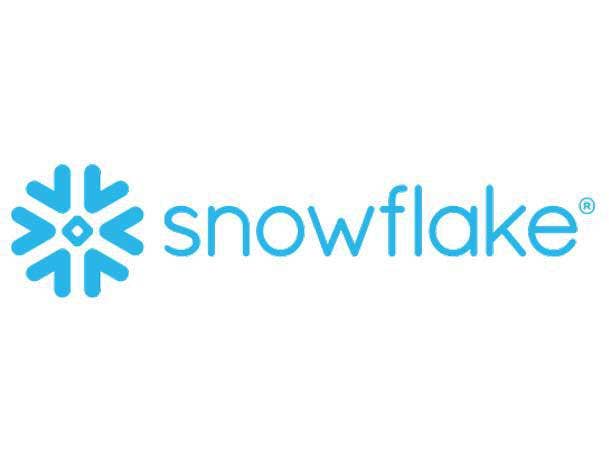
Leader: Snowflake
Snowflake ranks fifth in execution and among the middle of the pack for vision on Gartner’s Magic Quadrant for cloud database management systems.
The Bozeman, MT-based company’s Snowflake Data Cloud addresses analytics, data warehousing and data lake requirements. Snowflake is investing in its Snowpark feature to provide AI/ML support, with Python support recently being added.
This year, Snowflake acquired Streamlit, a low-code application development framework, and Applica to extend analytics over unstructured data.
Weakness: Snowflake is not always clear on which features are general available, in preview or are roadmap items. Gartner said customers also report it is hard to predict Snowflake costs.
Strength: Ease of use is often quoted as one of the principle reasons for Snowflake being selected, Gartner said. The company is also rapidly expanded its portfolio of software and service partners.
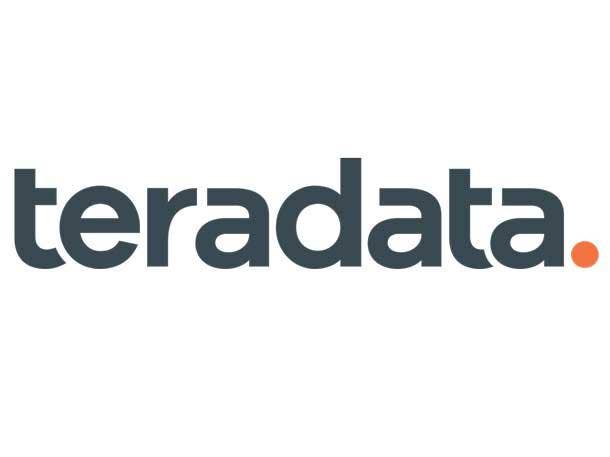
Leader: Teradata
Teradata ranks fifth in vision and among the middle of the pack for execution on Gartner’s Cloud Database Management Systems Magic Quadrant.
Teradata focuses on analytics, data warehousing and data lake requirements. The San Diego, Calif.-based company provides distributed capability via its Teradata QueryGrid feature, as well as vertical industry offerings such as the Teradata Industry Data Models including data models for finance, retail, telecom, manufacturing and healthcare.
Weakness: Teradata still owns a significant part of the data warehousing market, but has lost ground to others, particularly cloud service providers. It can be more difficult to find experienced Teradata staff in some geographic regions, Gartner said.
Strength: Teradata runs on Azure, AWS and GCP and can also be deployed on-premises and in private cloud, which provides a wide choice of deployment options and cloud independence. The company supports a very wide variety of data science tools.
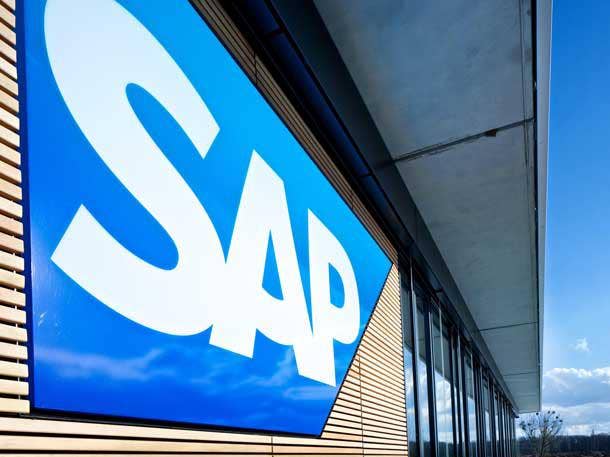
Leader: SAP
SAP ranks sixth in execution and among the middle of the pack for vision on Gartner’s Magic Quadrant for Cloud Database Management Systems.
The Germany-based company’s products include SAP HANA Cloud, SAP Data Warehouse Cloud (DWC), SAP Adaptive Server Enterprise, SAP IQ and SAP SQL Anywhere.
SAP’s managed database service HANA Cloud supports both transactional and analytical workloads. For analytical use cases, SAP offers SAP Data Warehouse Cloud for SQL-based development of data warehouses for both SAP and non-SAP data, and its data warehouse application SAP BW/4HANA.
Weakness: Many SAP customers are unaware of the breadth and depth of the SAP offerings such as the multimodel capabilities and embedded data science. They also remain unaware of its suitability for custom development, Gartner said.
Strength: SAP HANA Cloud provides complete functionality for both transactional and analytical processing. SAP Data Warehouse Cloud provides a wide range of modern features such as embedded data science capability and federated access.
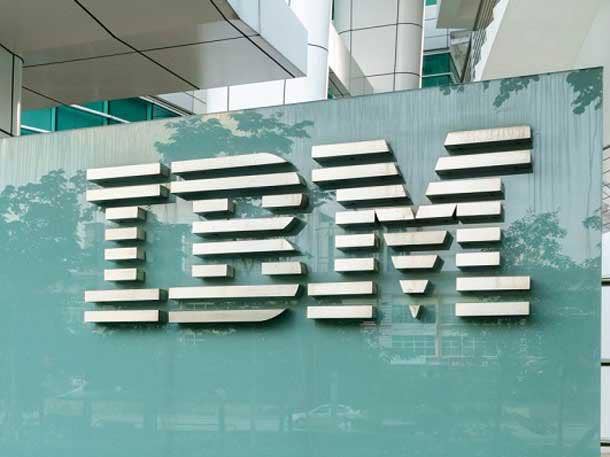
Leader: IBM
IBM ranks sixth in vision and among the middle of the pack for execution on Gartner’s Cloud Database Management Systems Magic Quadrant.
IBM’s offerings focus around Cloud Pak for Data, a unified integration layer for containerized DBMS including IBM Db2 on Cloud, IBM Db2 Warehouse on Cloud, IBM Cloud Data Engine, the IBM Cloud Database family and IBM Event Streams.
The IBM Cloud Database family provides other managed data technologies including PostgreSQL, MongoDB, Elasticsearch, Redis, RabbitMQ and EnterpriseDB.
Weakness: IBM’s broader strategy remains confusing for clients and prospects. Gartner said this is confounded by a wide range of product offerings, many of which overlap in their capabilities.
Strength: The Armonk, N.Y.-based company excels at technical innovation, particularly in the areas of database optimization, portability and distributed data access via data virtualization. IBM also invests in primary research into advanced technologies such as quantum computing.
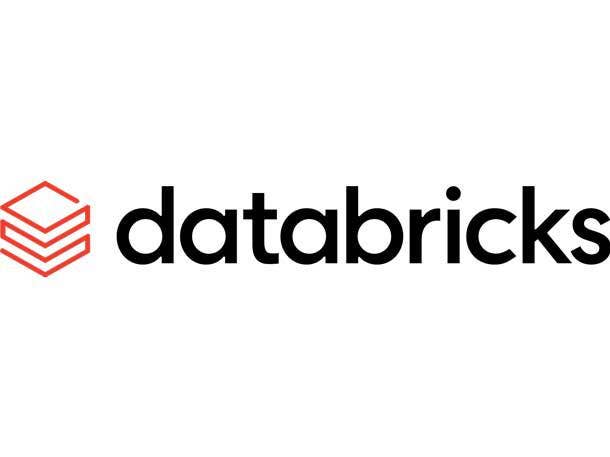
Leader: Databricks
Databricks offers its Lakehouse Platform on Microsoft Azure, AWS, Alibaba and GCP, which consists of data stored in a data lake including open-source formats.
The San Francisco-based company also offers Unity Catalog, a metadata catalog and governance hub, while Delta Live Tables simplifies ingest and ETL with declarative pipeline development for streaming and batch data.
Databricks SQL provides a serverless data warehouse for data analysts to run SQL and BI applications at scale directly on the data lake.
Weakness: As the lakehouse concept has gained traction, other vendors have rushed to develop their own versions, meaning Databricks has lost its lakehouse market differentiator.
Strength: Databricks focuses on openness in virtually all portions of its offerings. This open philosophy delivers benefits now and into the future as a protection against proprietary lock-in.
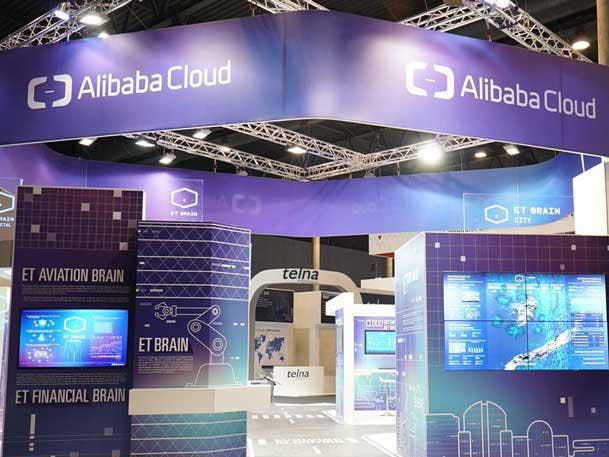
Leader: Alibaba Cloud
The China-based cloud giant offers PolarDB, which is compatible with MySQL, PostgreSQL and Oracle, as well as PolarDB-X for operational use cases.
For analytical use cases, Alibaba Cloud offers AnalyticDB and MaxCompute. It also provides Lindorm, Graph Database and Tair for nonrelational and real-time use cases.
Weakness: Alibaba Cloud does not have business progress outside of China and the Asia-pacific region, especially in North America and Europe. Overall geopolitical tensions still remain high, Gartner said, which objectively impacts Alibaba Cloud’s global expansion.
Strength: The Alibaba Cloud offers a wide range of DBMSs for operational, analytical, multimodal and real-time use cases. Combined with its cloud infrastructure, AI and SaaS solutions, the company has delivered success stories in various industries including finance, retail, logistics, gaming and automobile.
Leader: MongoDB
MongoDB offers the document-based nonrelational MongoDB Atlas on AWS, Azure and Google Cloud Platform; the on-premises MongoDB Enterprise Server; and the supported source available and free to use open-source Community Server.
The New York City-based company also offers MongoDB Charts, Atlas Data Federation, Atlas Search, Atlas Application Services and Realm, a mobile object database for remote and edge use.
Weakness: MongoDB does not offer built-in data science capabilities to support models, algorithm libraries or feature store capabilities. Gartner said MongoDB also discourages the use of extensive JOINs, which are essential to relational use cases.
Strength: Gartner said the company has been extraordinarily effective in moving to the cloud, as annual revenue has crossed the $1 billion mark. For Gartner Peer Insights, 96 percent of respondents would recommend MongoDB—an strong result that suggests that when used for certain use cases, MongoDB is a top choice.
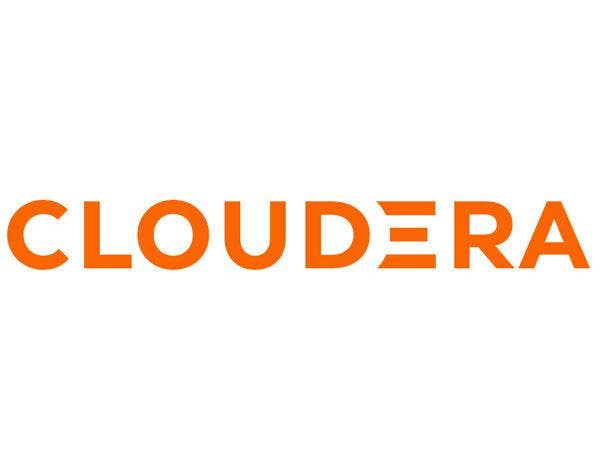
Leader: Cloudera
The Cloudera Data Platform includes Data Hub, DataFlow, Data Engineering, Operational Database, Data Warehouse and Machine Learning for operational and analytics use cases. The platform is available on-premises and as managed services in AWS, Azure and GCP.
The Palo Alto, Calif.-based company’s Shared Data Experience provides hybrid, intercloud and multicloud unified security, governance and metadata management.
Weakness: Cloudera’s customers highlight difficulties with responsiveness to support questions and other reported technical issues, Gartner said. These challenges seem to be easing, but remain a concern given the complexity of the core offerings.
Strength: Cloudera claims over 50 percent of its more than 2,000 on-premises customers have completed their migration to the cloud, with significant expansions in many deployments. Its introduction of CDP One, a SaaS implementation leveraging its acquisitions of Cazena and Data Coral, is capturing new name accounts.
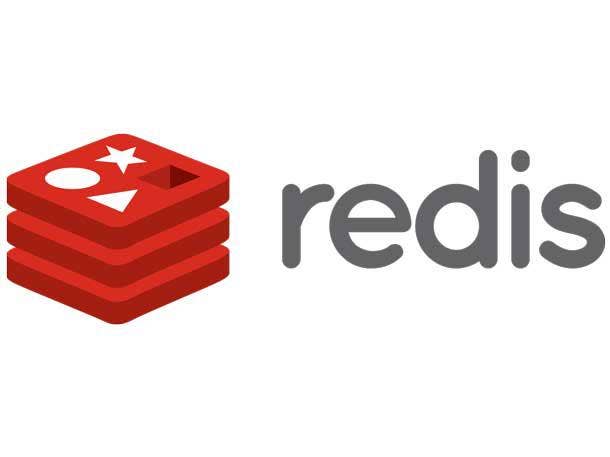
Challenger: Redis
Redis Enterprise Cloud is a commercial offering based on the popular open-source caching database Redis that is available on AWS, GCP, Azure, Alibaba Cloud, IBM and on-premises deployment.
The Redis Enterprise Cloud is a multimodel data platform that is specialized in real-time use cases, but also capable for transactions and augmented transaction processing.
Weakness: Capturing real-time performance on in-memory DBMS requires deep understanding of resource management and performance optimization. Gartner said clients report both complex configuration tools and inadequate documentation.
Strength: The Mountain View, Calif.-based company has a wide adoption in the AI-ML ecosystem. Redis’ flexible data structure and real-time capability caters well to the data management life cycle for AI and ML. It has been widely adopted for online feature stores to supplement productionized AI/ML use cases.
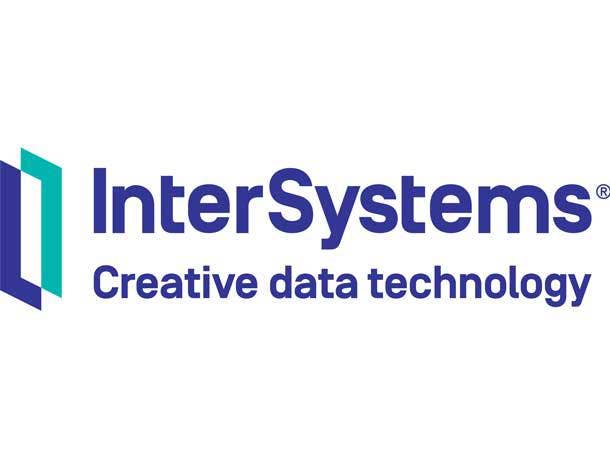
Visionary: InterSystems
InterSystems offers IRIS, a multimodel hybrid database management system that is available as a public, fully managed dbPaaS cloud service on Amazon Web Services, Google Cloud Platform, Microsoft Azure and Tencent. InterSystems also offers a private, fully managed dbPaaS version.
The Cambridge, Mass.-based company provides support for both operational and analytical use cases.
Weakness: Customers may struggle to find personnel skilled with InterSystems IRIS and other InterSystems products, which continues to be a challenge.
Strength: InterSystems has enhanced its capabilities for in-database processing of machine learning models with its embedded Python and AutoML capabilities and support for Predictive Markup Modeling Language for exchange of models.
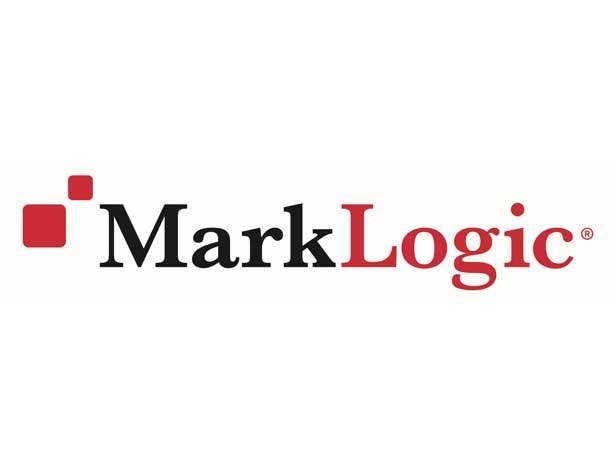
Visionary: MarkLogic
MarkLogic focuses on solving complex data problems with its MarkLogic Data Hub service primarily on the AWS and Azure clouds, while its also supported on Openshift, GCP, Docker Hub and Kubernetes.
The company focuses on data management and its products are built around a multimodel data platform and an integration hub. Both the hub and platform enable users to access data stored remotely through a universal index that reduced remote data movement through optimization of remote access.
Weakness: MarkLogic is not well-known in the broad market as its mind share and market share remain small. Skilled MarkLogic practitioners can be hard to find in the marketplace, limiting the potential of adoption.
Strength: Last year, MarkLogic acquired metadata management software company Smartlogic. By adding metadata management and the Semaphore semantic interface with Smartlogic, MarkLogic is deepening its value in the integration space it targets.
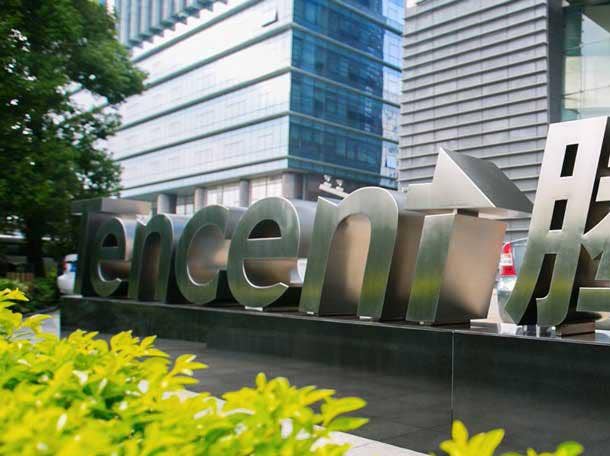
Niche Player: Tencent Cloud
The Tencent Cloud product portfolio spans cloud platform, DBMS, AI and analytics.
Tencent Cloud provides TDSQL, an operational DBMS available on both Tencent Cloud and private cloud. Its analytical DBMS offering is Tencent Big Data Suite, a one-stop cloud solution focusing on data warehouse and data lake use cases.
Tencent Cloud ranks last in vision on Gartner’s Magic Quadrant, and among the middle of the pack for execution.
Weakness: Tencent Cloud has almost no DBMS market recognition outside China, Asia, the Pacific region, Japan and Europe. Adoption on Tencent public cloud in China is still limited due to the data security concern of public cloud.
Strength: TDSQL is rapidly seizing the demand for the financial industry digital transformation in China. Tencent Cloud is enhancing its recognition from a DBMS vendor for use cases in gaming and digital retailing, to a trustworthy database systems vendor for traditional industries.
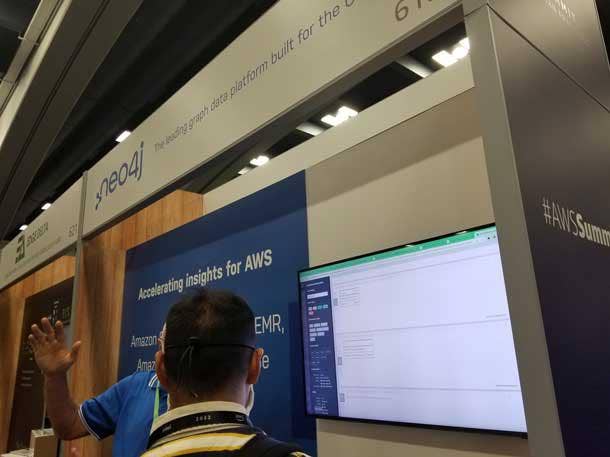
Niche Player: Neo4j
Neo4j provides the AuraDB managed service available on AWS and GCP.
The San Mateo, Calif.-based company also offers the Neo4j graph database on-premises and for private clouds, and the AuraDS data science as-a-service library for integrated AI and ML. Neo4j’s support for Atomicity, Consistency, Isolation, and Durability (ACID) transactions makes it suitable beyond the typical data science use cases associated with graph.
As a pioneering developer of Graph DBMS beginning with its open source version, Neo4j has a broad community of users and loyal customers.
Weakness: Numerous graph DBMS competitors have entered the market as the overall market competition has become fierce. Multimodel DBMSs often add graph database functionality as one of their first added engines.
Strength: Peer insights reviewers of the on-premises offering ranked Neo4j high for integration and deployment and service and support. Garter said 80 percent of reviewers would recommend Neo4j.
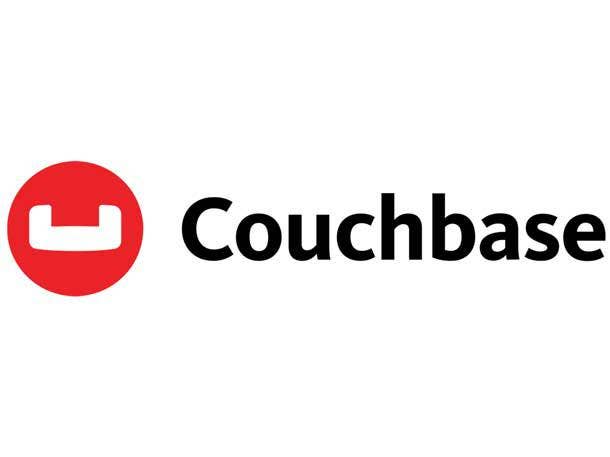
Niche Player: Couchbase
The Couchbase Capella multimodel DBMS has a heritage in high-performance nonrelational operational databases.
Santa Clara, Calif.-based Couchbase has recently focused on relational capabilities such as SQL, schema and transactions, deepening hybrid analytical use cases, and extending cloud provider support.
Weakness: Gartner’s Peer Insight reviews show Couchbase as having one of the lowest scores for support among vendors in the Magic Quadrant. This could be due to the nature of products in this market subsegment, Gartner said.
Strength: Couchbase has positioned itself as a leader in the mobile and edge space, allowing for synchronization with edge data stores even if they are periodically not connected to a central service. Additionally, Couchbase appeals to developers who like the flexibility of a document-based approach.
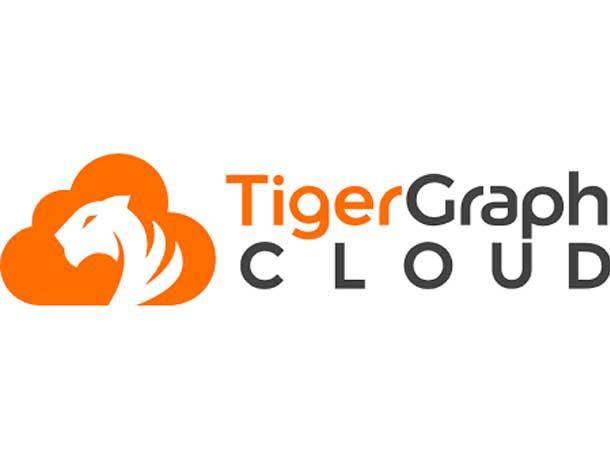
Niche Player: TigerGraph
TigerGraph Cloud is a native graph DBMS solution covering both operational and analytical workloads. The offering is available on AWS, Microsoft Azure and Google Cloud Platform.
The Redwood City, Calif.-based also offers industrial graph applications for graph-enabled use cases in retail, finance and manufacturing.
Weakness: Gartner said clients report challenges with cost control when they scale up the use of TigerGraph. Financial governance tools and best practices are still inadequate for users to fully control their cost in use cases with unpredictable workloads.
Strength: TigerGraph is known for its high-performance capability based on its distributed architecture and advanced parallel processing native graph engine. Its innovation on fast data processing and strong scalability makes it suitable for data-intensive graph use cases.
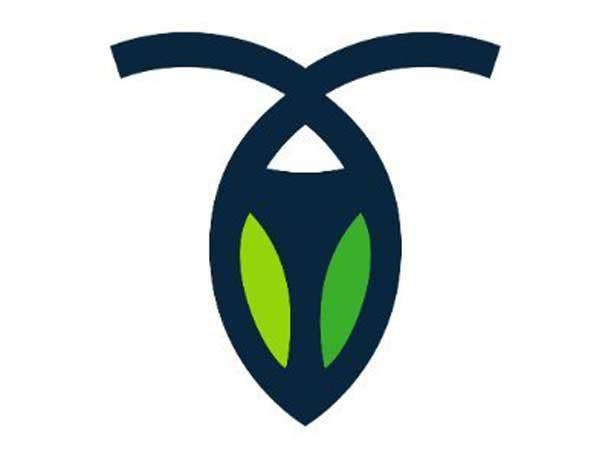
Niche Player: Cockroach Labs
Cockroach Labs provides CockroachDB, a distributed transactional DBMS compatible with PostgreSQL, with deployment options in both public and private clouds and on-premises.
The company also offers two DBaaS deployment options: CockroachDB dedicated, a single-tenant offering available on AWS and GCP, along with its multitenant offering CockroachDB serverless.
Cockroach Labs ranks last in execution and among the bottom of the pack in Gartner’s Cloud Database Management Systems Magic Quadrant.
Weakness: Cockroach Labs has yet to focus strongly on vertical solutions and partnerships. Many customers are lacking vertical service providers or application vendors to help them build industrial applications on CockroachDB.
Strength: Gartner clients highly rate Cockroach Labs for its professional and proactive engagement with users during both presales and post-sales customer service, which helps generate and sustain strong customer relationships.